Bollywood Dance

"These are very important if you want to be a Bollywood dancer, you have to know the basics," says Kalaria, a London-based dancer, choreographer and performing arts consultant.
"They are very traditional and very helpful if you want to tell a story."
Neck and head movements
The side-to-side neck movement and the forward-and-back slide - known as the pigeon head - is predominantly an aesthetic part of the dance, but it also adds a sense of fluidity.
It can be seen very clearly in the video of Mohan's dance above.
"The neck movement is quite a big part of the dance," says Mehta, a dancer and teacher at Bollywood Dance London.
"It looks really beautiful, but actually it's probably more helpful to the dancer than the audience. It helps them to become expressive. If you feel free in the neck, you are able to be more emotive, to have stronger facial expressions.".
Facial expressions
Classical Indian dance incorporates two basic elements - abhinaya (expression) and nritta (pure dance).

Nritta is displayed through rhythms and physical movements to musical phrases - it is dance in its purest form.
Abhinaya is rooted in expressions and emotions, and aims to bring life to the story behind the dance. Facial expression and eye movements are essential components. The emphasis in Indian dance is about story telling and expressions contribute to that.
"The eyes should follow the hands," says Mehta. "That means they can move a lot. There are a few main facial expressions to show, such as anger, sadness, happiness and love. It should be mainly in the eyes and the eyebrows."
Eyes are heavily lined in black make-up to accentuate their movements.
Foot movement
When a dancer uses a flat, flexed foot, this is a nod to a very classic element of dance, rooted in folk style and Bharatnatyam.
"The basic posture of Bharatnatyam is where you turn out your legs and sit in a demi-plie in first 'ballet feet' position," says Mohan, who won television talent show Dance India Dance.
In the video above, she dances in a blend of traditional Bharatnatyam and contemporary styles.
"Arms are on the waist with the fingers facing back. In Bharatnatyam you bang the feet on the floor, and as you do so, lift up your foot all the way to your glutes and then - bang. These are the basic principles that I learnt as a beginner when I was seven years old."
The dancer should put all their weight on one side and lift the right leg from the knee over and over, moving hips in time.
Costume

Bells around the ankles - called the Ghunghroo - emphasise skilled foot work and the dancer's timing with music.
Kathak dancers should have at least 100 bells, wrapped around the ankles and tied. Other dance forms such as Bharatnatyam have the bells fixed on to straps, which are then tied around the ankles.
Traditionally, jewellery is very elaborate, and can include a choker, a long necklace and a jewelled headpiece.
"On the headpiece there should be a moon on the left, and a sun on the right," says Mehta. "Traditional dances are very much about the gods and deities, and the sun and the moon reflect that. They are a thank you, or a tribute to them."
Nataraj, or lord of the dance

A Nataraj is a depiction of god Shiva as the lord of the dance.
Many of the poses in Indian dance are inspired by this image, with its up-turned hand and elegant fingers, bent knee and raised left leg.
Its influence is apparent in classical dance and Bollywood alike.
"Most dancers will have at least one Nataraj in their home," says Kalaria. "I have a few. It symbolises triumph over ignorance. It is against ego and it is about expressing truth and soul."





